Alocasia Care: Complete guide to keep your plant bright and colorful.
The Alocasia
It's a beautiful tropical plant with arrowhead-shaped leaves. Native to the tropical South Pacific Islands, particularly the Philippines, the Alocasia is grateful for care and will always appreciate extra moisture.
_________________________________________________
How to care for your Alocasia
Use these instructions to care for an Alocasia. This guide will tell you how to water an Alocasia, including its light, temperature, humidity preferences, and any additional care it may need to help it thrive.
It loves bright, indirect light and dislikes darkness. Never place it in direct sunlight, as its leaves will burn quickly.
It's best to always keep the substrate somewhat moist, but never saturated, as even the slightest amount of moisture can cause roots to rot. They don't like drought, and prolonged periods of dryness can result in browning of the tips or edges of the leaves.
![]()
It loves extra humidity. You can place it near a humidifier or a container of water to maintain its ideal climate.
![]()
Enjoy the warmth, preferably between 20°C and 30°C. Avoid cold drafts and sudden temperature changes.
![]()
To improve growth, you can fertilize every four weeks during spring and summer. Only apply fertilizer to moist soil, never dry soil, as this can burn the roots.
![]()
Alocasias are mildly toxic to pets and humans. Ingestion can usually cause mouth and stomach irritation.
![]()
It enters a dormant period when light and temperature levels decrease during the winter months. It's a good idea to reduce watering at this time, but don't let it dry out completely. You'll see it blooming splendidly again in spring.
If you notice yellowing on its leaves, you should evaluate the humidity and light. Help it find its ideal climate with a humidifier or a pot with stones in the background and always bright indirect light.

_________________________________________________
Common Problems for Your Alocasia

Your Alocasia's leaves could be turning yellow for several reasons. Let's investigate and get to the bottom of this!
Humidity
The most common cause of yellowing leaves among Alocasia plants is inadequate soil moisture, particularly overwatering. Your Alocasia likes to stay moist (but not wet or saturated!), so maintaining a regular watering schedule is key.
When watering your Alocasia, make sure to provide enough water so that the liquid flows from the drainage hole at the bottom of the pot and into the saucer. It is extremely important to discard any excess water in the saucer and not let your plant sit in any standing water. Your plant does not like "wet feet," which will cause the roots to rot and lead to the eventual death of the plant. Yellow leaves are the first sign that root rot may be occurring.
Providing adequate and consistent soil moisture is important for caring for your Alocasia plant. Alternating between dry and wet soil due to untimely watering can create stress and cause the plant to turn yellow. This is not a drought-tolerant plant.
Its humidity level
Low humidity and dry soil cause leaves to tear and brown at the edges, followed later by yellowing, browning, and wrinkling. Your Alocasia will appreciate increased humidity through regular misting, a humidifier, or a pebble tray.
Inadequate light
Alocasia plants grow best when placed in bright, indirect sunlight, but will tolerate medium light. When exposed to direct sunlight for too long, the foliage will burn. While Alocasia plants can adapt to medium light areas, their growth may slow. If placed in too little light, yellow leaves may develop.
Pests
A weakened or stressed Alocasia is more susceptible to insect infestations. Sap-sucking insects like spider mites can drain your plant of moisture. This problem quickly manifests itself as yellowing of leaves and fronds. Scale, mealy bugs, and spider mites are common indoor pests. If not killed early, these tiny pests proliferate and move along the frond parts in crevices. The insects' piercing mouths exhaust your plant and accelerate yellowing, especially if your Alocasia is already unhealthy due to poor lighting, a nutrient deficiency, or inadequate soil moisture. Learn how to treat common houseplant pests here.
Some yellows are natural
Is your Alocasia producing new growth? If there is new growth on your plant and the yellowing leaves are older, particularly at the bottom of the plant, this yellowing is natural. Your plant is shedding its old leaves and directing energy toward new growth.

It can be alarming to notice a sudden, dramatic leaf drop on your plant. If your Alocasia looked great yesterday, but today it looks sad and limp, don't be alarmed! This is almost always completely normal and easily fixed.
Incredibly dry soil
Your Alocasia prefers consistently moist soil. Make sure you haven't overwatered or underwatered your plant. Maintain a consistent watering schedule: water when the top 2-3 inches of soil are dry.
If you accidentally let the soil of your Arrowhead dry out completely, you may see the leaves limp, droop, and possibly start to brown. If the soil is extremely dry all the way through the pot, a thorough soaking is in order.
Here's how to soak your Alocasia:
- Place your plant in your sink or tub without the saucer. Fill the basin with about 3-4 inches of water. Make sure the water isn't too hot!
- Let your plant absorb water through the drainage hole at the bottom of the pot for at least 45 minutes.
- Feel the top of the soil after your plant has been soaked, has the water reached the top 2-3" of soil?
- If not all of the soil feels saturated, lightly water your Alocasia from the top of the soil to help speed up saturation.
- When your plant's soil is evenly moist, drain the sink/tub and let the plant rest while it drains well. Return the plant to its saucer and place it back in its proper location.
There is not enough humidity
Your Alocasia is tropical, so it will thrive in more humid environments. Increase the humidity around your plant by regularly misting the leaves, using a pebble tray, or placing a humidifier nearby.
There is not enough light
Just because the leaves of this beautiful plant are dark and moody doesn't mean it likes the dark. Your Alocasia loves a sunny spot. If placed in a space that's too dark, you may notice leaf drop.




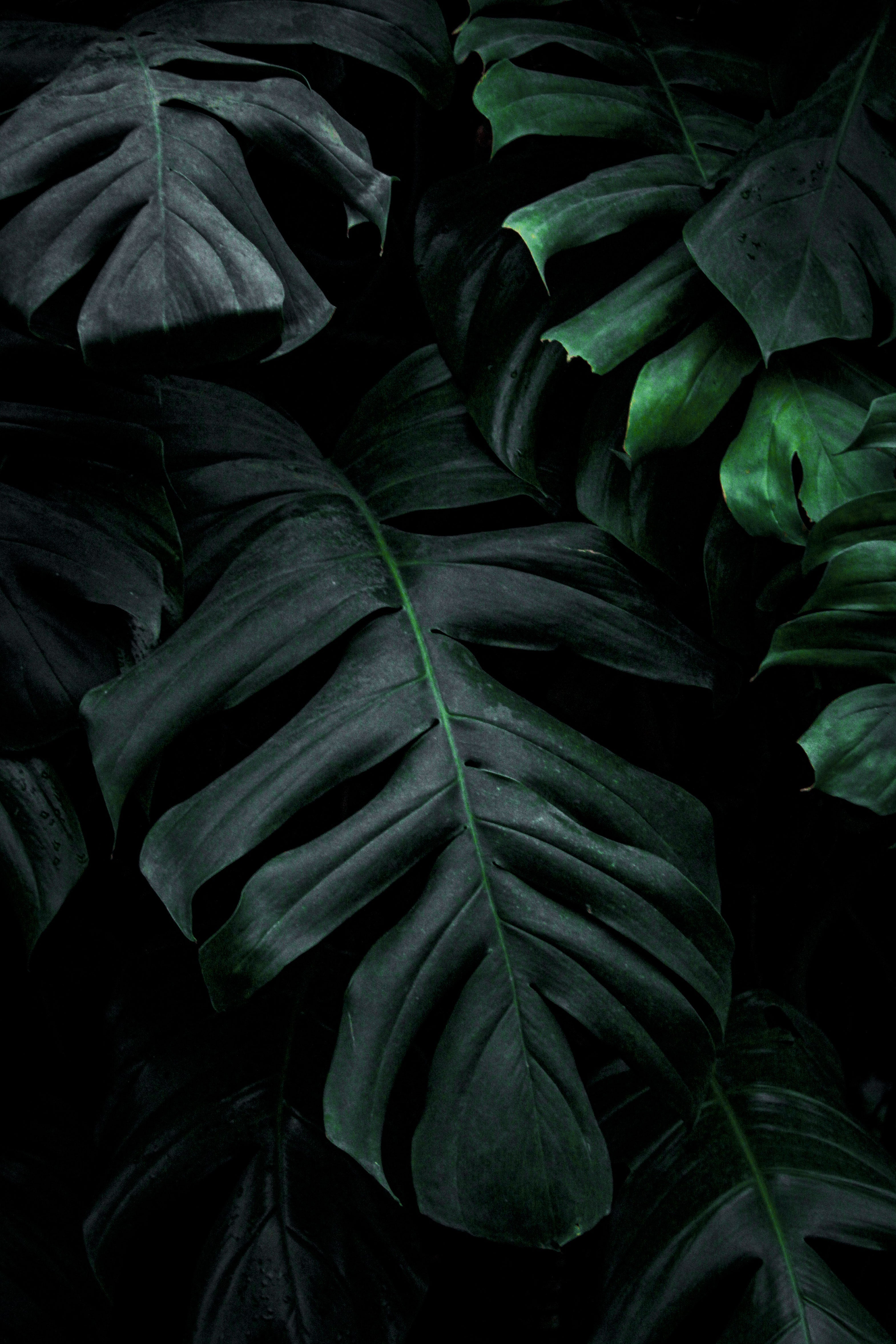
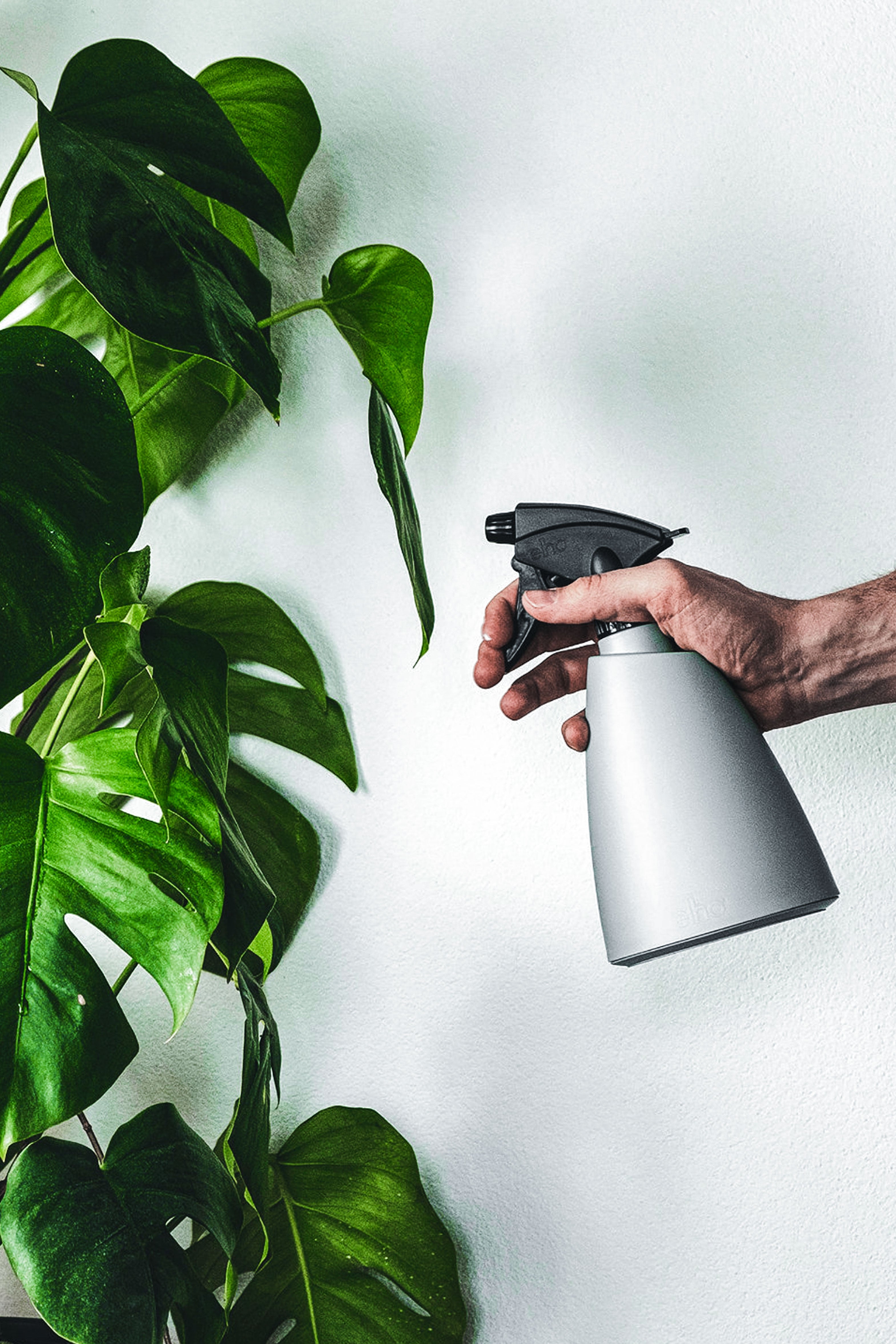
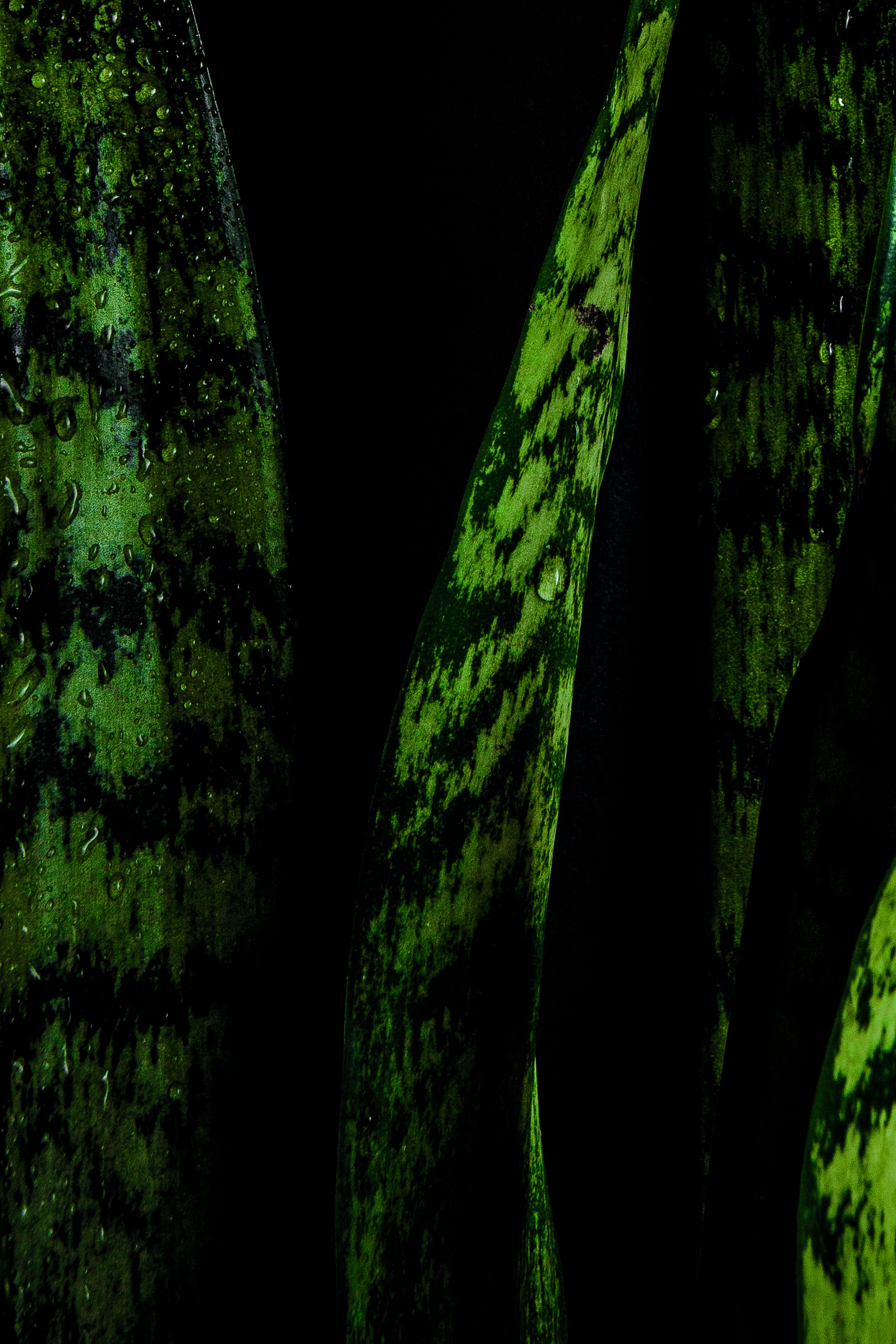
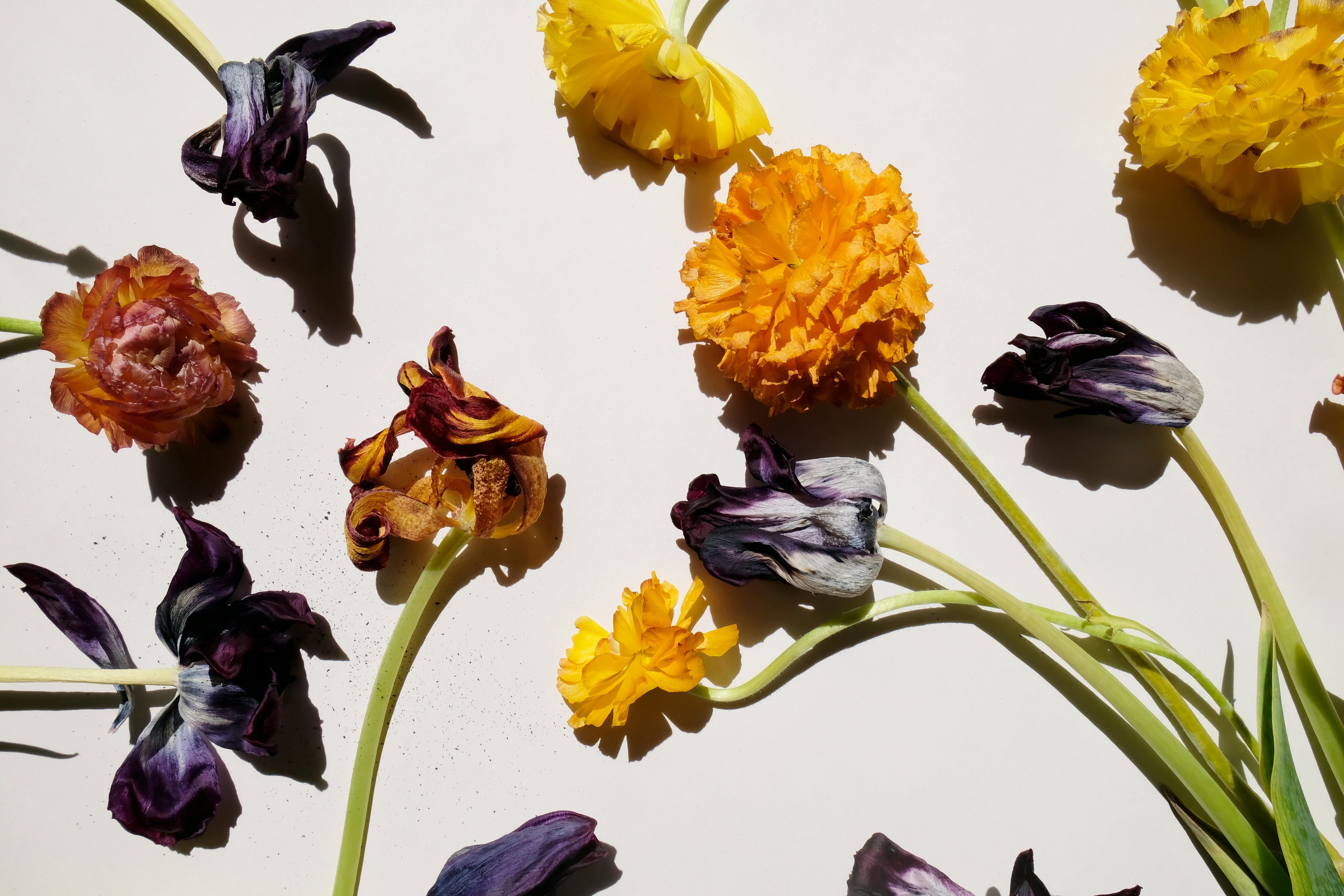
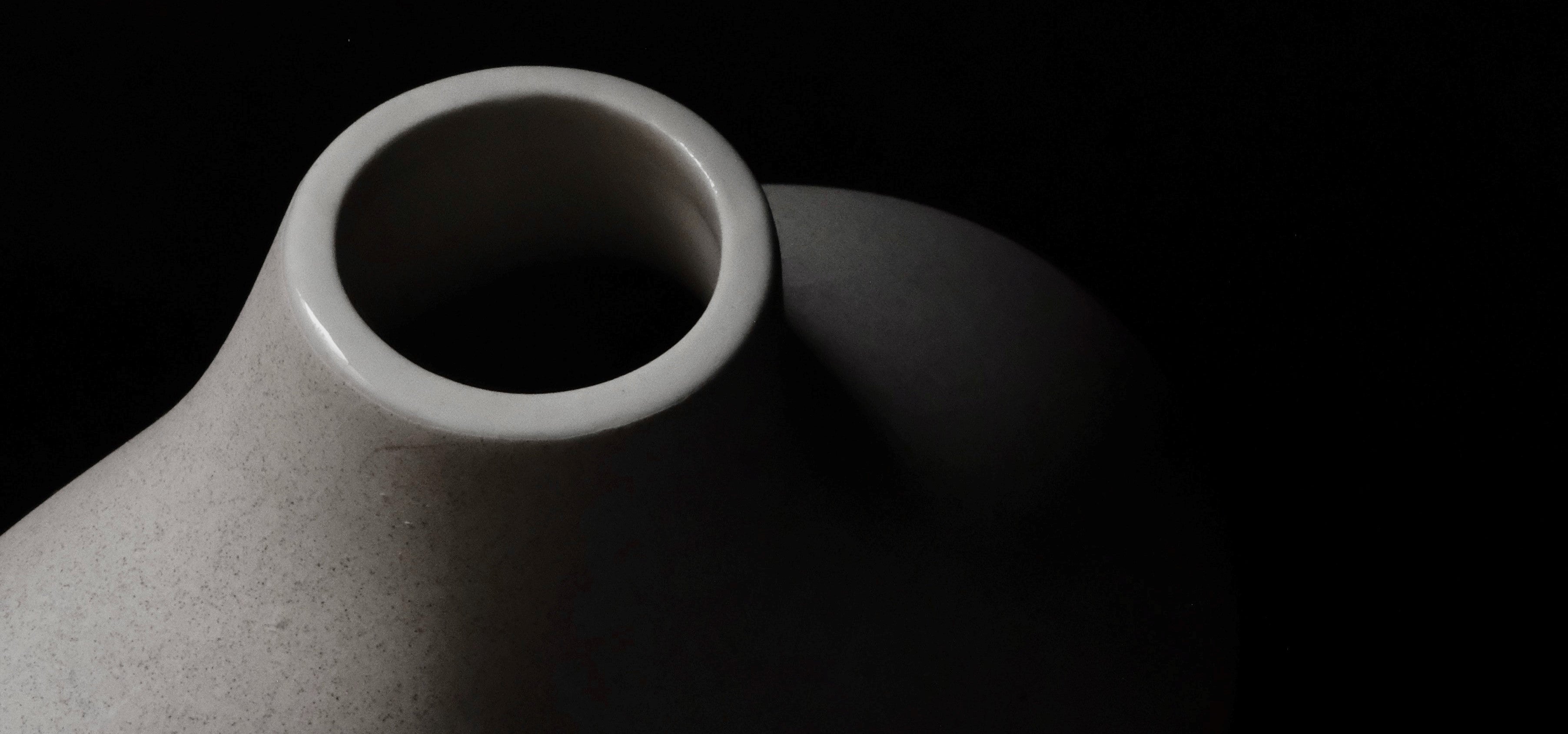
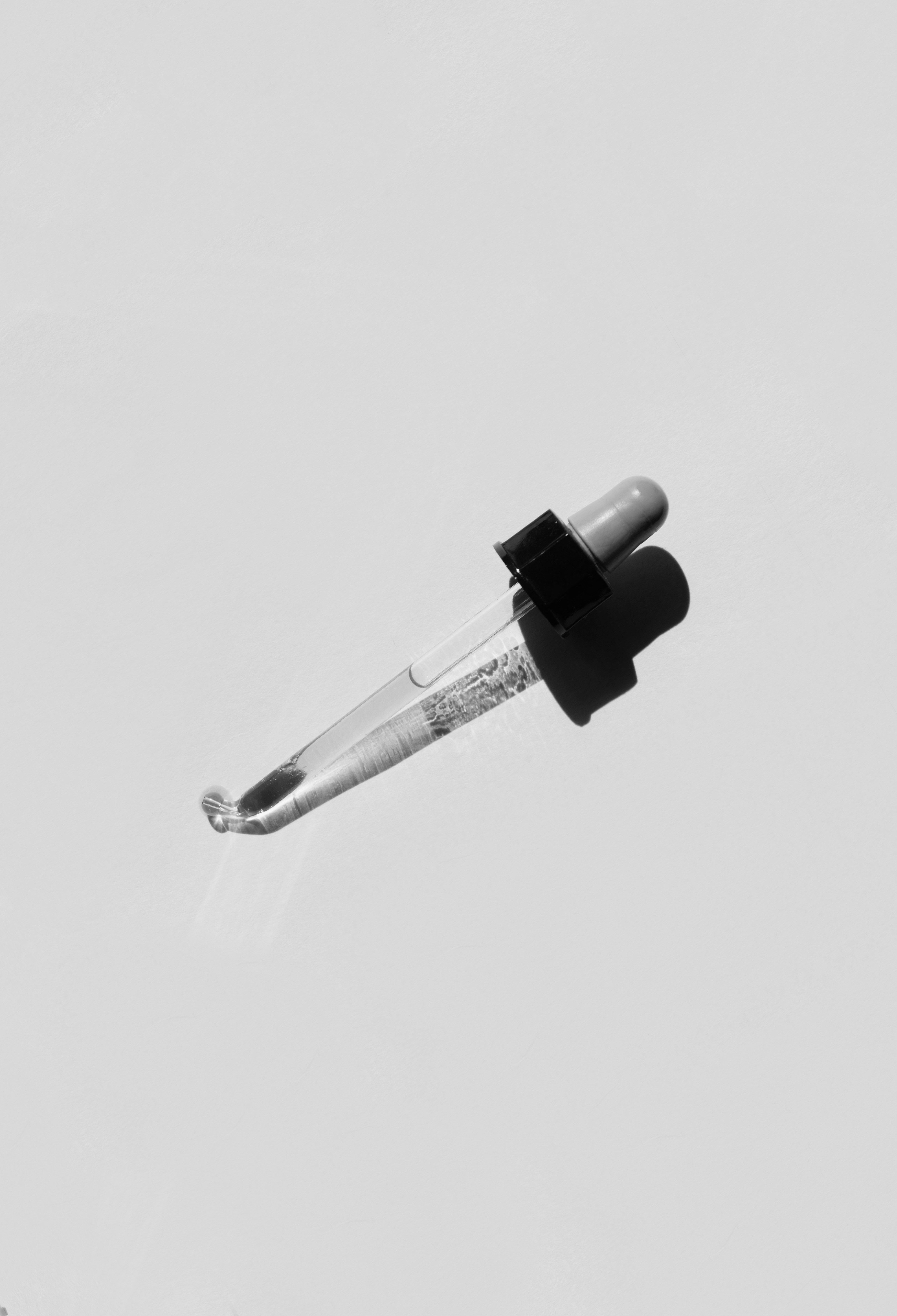
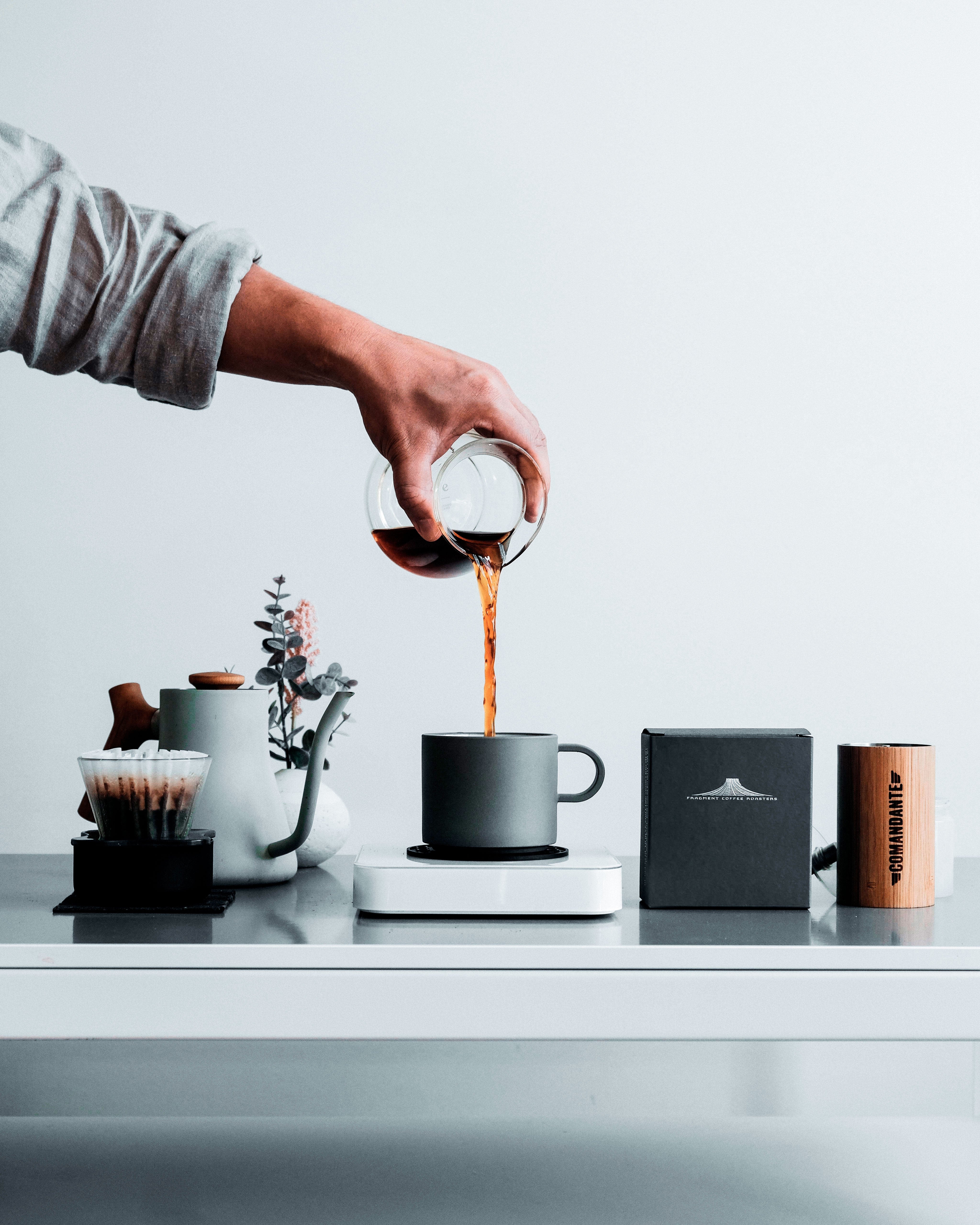
Leave a comment